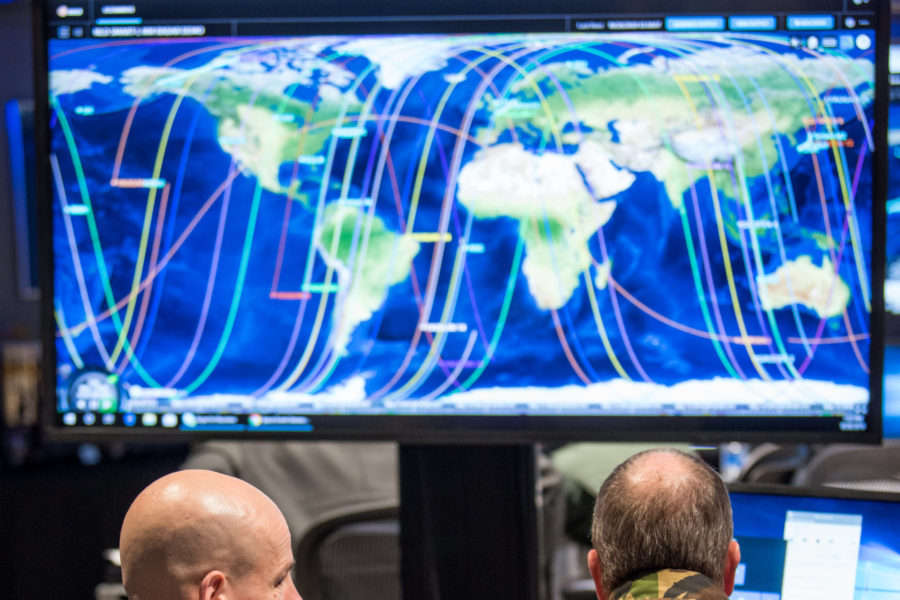The effects of Russia’s 2021 anti-satellite weapon test on just one commercial satellite constellation illustrate the urgency of just one aspect of space safety.
The nonprofit Aerospace Corp.’s Space Safety Institute, in its 44-page “2022 Space Safety Compendium”—the first of its kind, released Oct. 19—examines not only how the ASAT test’s resulting debris brought about problematic orbital conjunctions in the thousands but also how future constellations, planned in droves over the coming decade, are likely to affect the space environment.
A “dominating commercial space market” is expanding the scope of space missions to include the likes of commercial human spaceflight and even industrial activities such as mining. But all that new activity is also shining a light on the limitations of “current safety measures and norms,” according to the report.
Its authors make 35 recommendations on themes including space situational awareness—in part to try to model the effects of debris—as well as space operations, launch and reentry, “cyber and spectrum,” and human spaceflight safety.
“Some recommendations are broad outlooks for the future,” according to the report, while “others are concrete next steps that the space sector can take. The variety of scope and scale … reflects the diverse set of space safety challenges.”
Debris from Russia’s 2021 ASAT weapon test, in which it struck a nonworking Soviet satellite with a ground-launched missile, forced SpaceX’s Starlink to maneuver 1,700 times “in the first months” afterward, and on a single day this August, about a third of the constellation passed closely to one or more pieces of debris several thousand times in what’s been termed a “squall.”
Aerospace Corp.’s Center for Orbital and Reentry Debris Studies has worked on software tools to analyze “potential collision and explosion scenarios,” but the report concludes that more such tools “should encompass a vast array of space operations” such as simulating the breakup of debris and predicting the subsequent risk to spacecraft.
Since SpaceX’s Starlink constellation has proven itself effective for the Ukrainian military, Russian officials have said commercial satellites could become military targets.
More recommendations in the report include:
- Space situational awareness: A “holistic” approach with enhanced data handling; and reducing the uncertainties in tracking so satellite operators don’t have to be notified as often about close calls.
- Space operations: Actively removing debris from orbit while creating regulatory processes and ways for stakeholders to collaborate.
- Launch and reentry: A “comprehensive national airspace system” and taking disposal into consideration when designing a spacecraft.
- Cyber and spectrum: Getting “cyber intrusion detection and prevention applications” onboard spacecraft—something the Space Force has said the service’s existing satellites are lacking.
- Human spaceflight safety: Addressing “the in-space rescue capabilities gap” with rescue plans included in launch plans.
